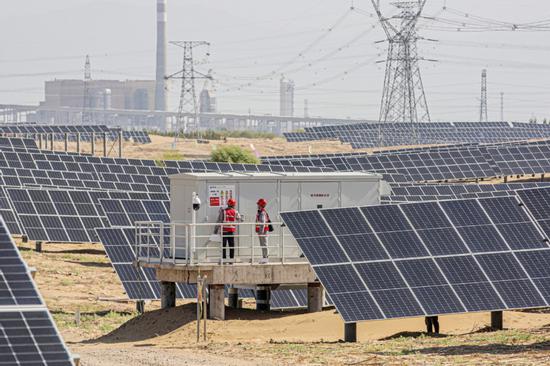
Technicians carry out inspections at a solar power farm in Hanggin Banner, Inner Mongolia autonomous region, in June. (MEI TAO/FOR CHINA DAILY)
Wang Lining, director of the oil market department of the Economics and Technology Research Institute of China National Petroleum Corp, said China's further opening-up has created new opportunities for deeper international cooperation on clean energy, as restrictions on foreign investment have been removed in all energy industries except nuclear power plants.
Multinational companies, including General Electric, BP and Siemens, are steadily expanding their investments in China's energy sector, with many foreign projects well underway across the country, including EDF's offshore wind power project, Tesla's electric vehicle project in Shanghai, and LG Energy Solution's battery project in Nanjing, Jiangsu province, he said.
Wan Jinsong, deputy head of the NEA, said China's exports of photovoltaic and wind power products helped other countries reduce carbon dioxide emissions by about 810 million metric tons in 2023.
"The country's electricity generated from clean energy has catered to more than half of the increase in total electricity consumption over the past decade, marking a growing share of green energy in its energy mix," he said.
In 2023, electricity generated from clean energy accounted for 39.7 percent of the country's total power generation, up by around 15 percentage points from 2013.
According to the white paper, the country's installed capacity of clean energy reached 1,700 GW last year, or 58.2 percent of the country's total installed power generation capacity. Clean energy accounted for 26.4 percent of the country's total energy use in 2023, up from 15.5 percent in 2013, while the share of coal in its energy consumption dropped 12.1 percentage points during the past decade.
According to Wan, China will also continue to expand and improve the country's electric vehicle charging network in response to the booming domestic new energy vehicle industry and public travel demands.
"China highly prioritizes the development of EV charging infrastructure, viewing it as a crucial step in advancing the green and low-carbon energy transition and supporting high-quality growth in the transportation sector," he said.
By the end of July, there were 10.6 million charging facilities across the country, effectively meeting the charging demands of over 25 million NEVs. In the central urban areas of major cities, the coverage of public charging services is now comparable to that of gas stations.
"Currently, 95 percent of highway service areas are equipped with charging facilities, and China will continue to drive rapid advancements in charging technology, and speed up the development of high-quality charging infrastructure to further support the green and low-carbon growth of the transportation industry," Wan said.
Zhang, the NEA head, said the government will continuously step up efforts to deepen energy reforms by establishing and improving mechanisms for green and low-carbon development.
China's new energy industry has already become a major global supplier of green energy and will continue to innovate and make breakthroughs.
Wind, solar, hydro, nuclear and intelligent technologies, will become key components of the country's new quality-driven productivity, providing significant momentum for the nation's high-quality economic development, Zhang said.
The white paper also noted that as China synchronized its energy transition with environmental protection, its energy consumption per unit of GDP fell by more than 26 percent from 2013 to 2023.











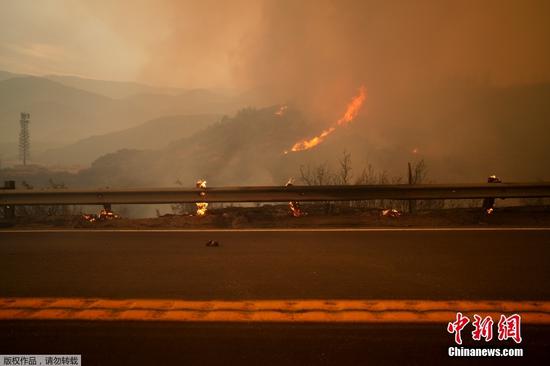




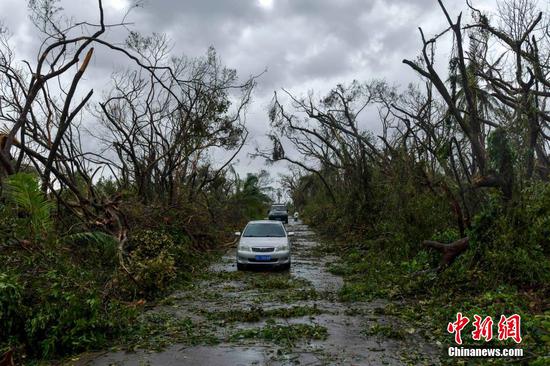

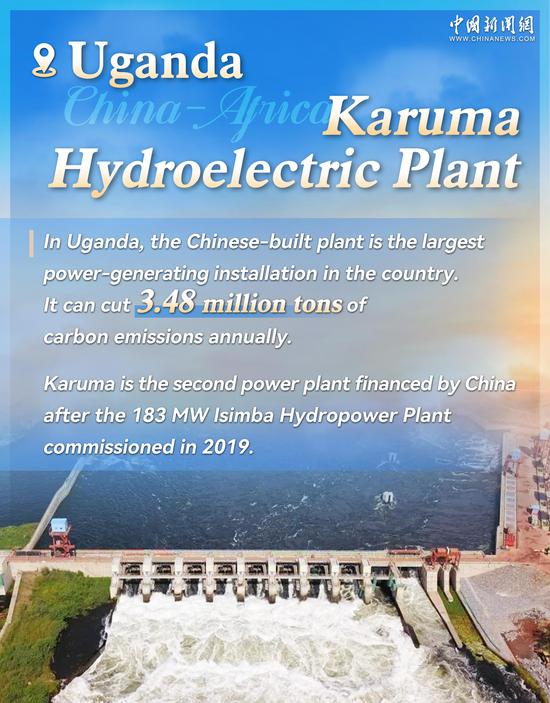




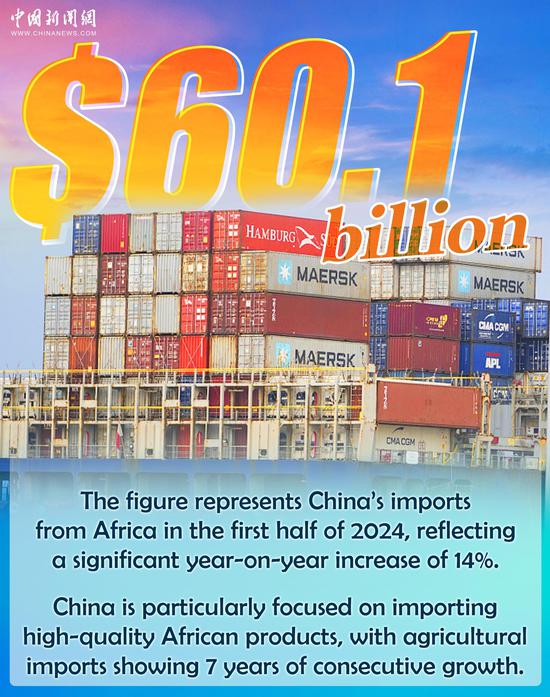
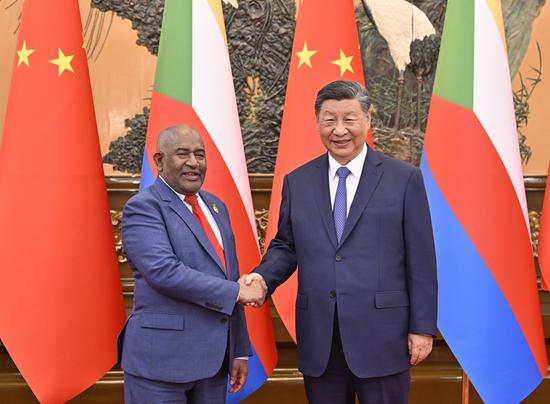
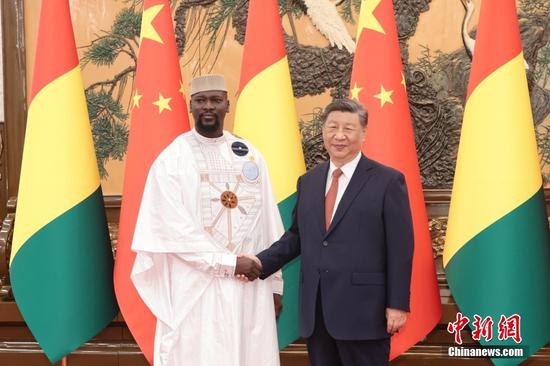






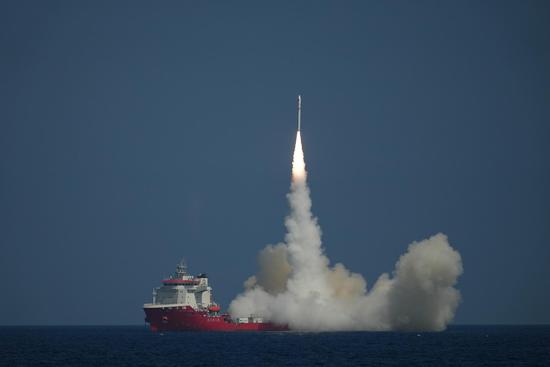
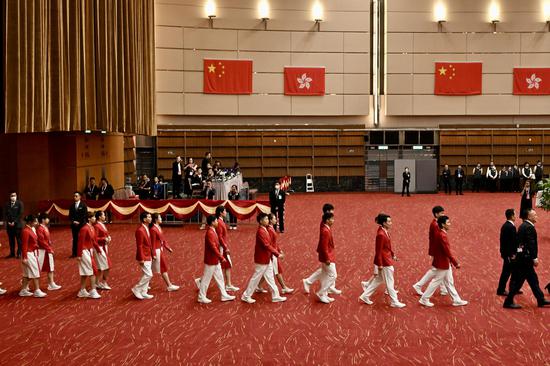


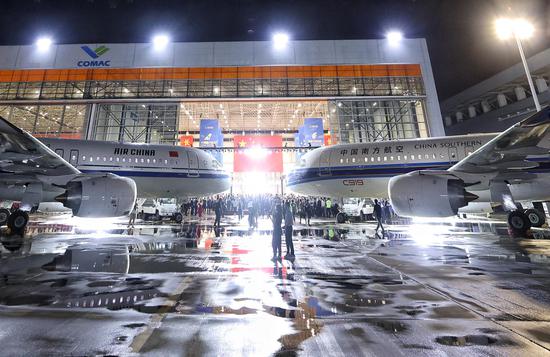
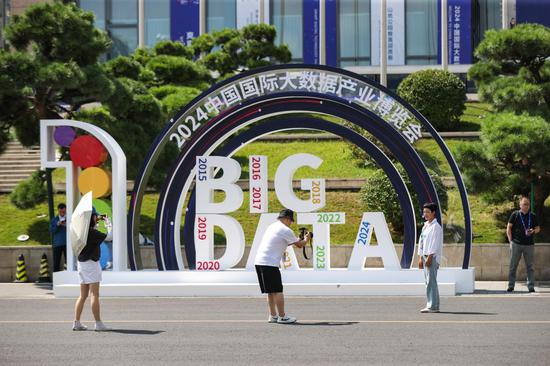



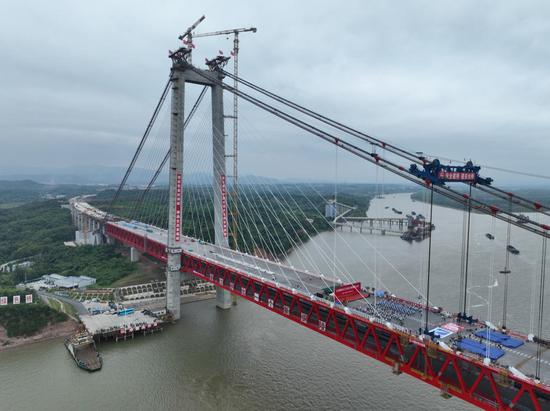








 京公网安备 11010202009201号
京公网安备 11010202009201号